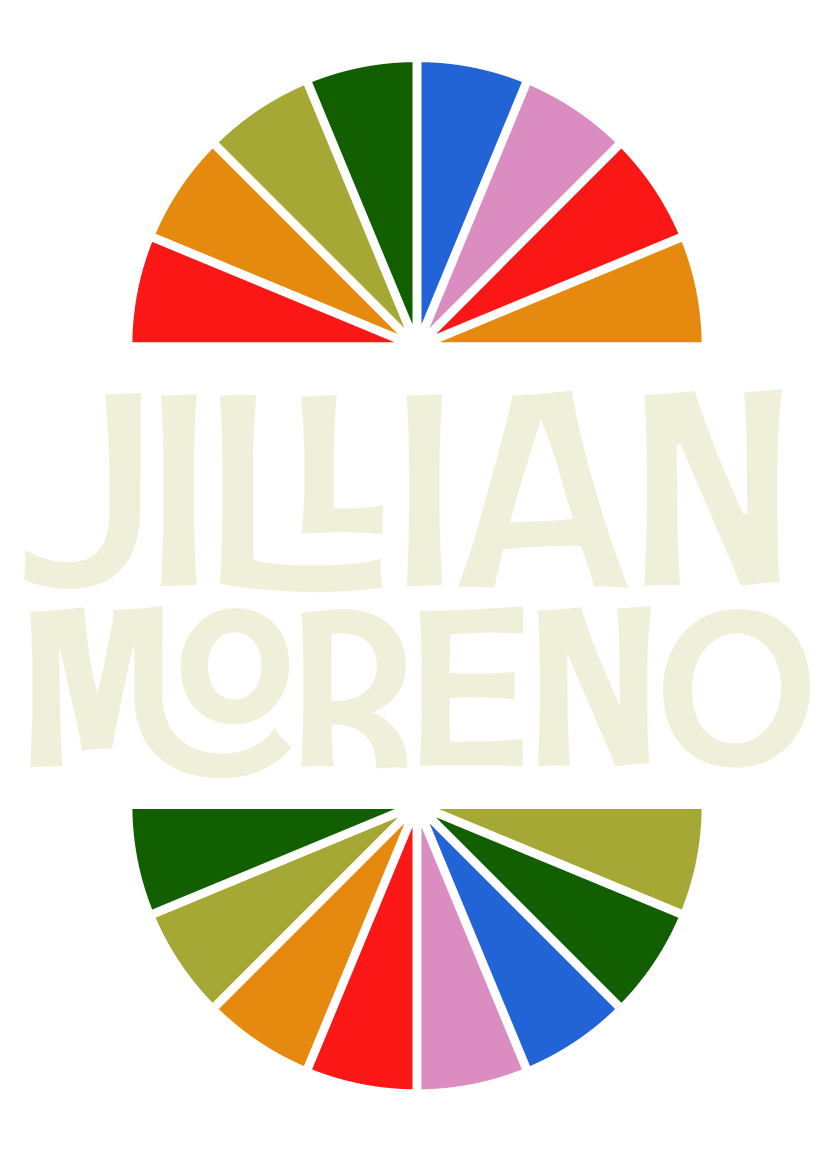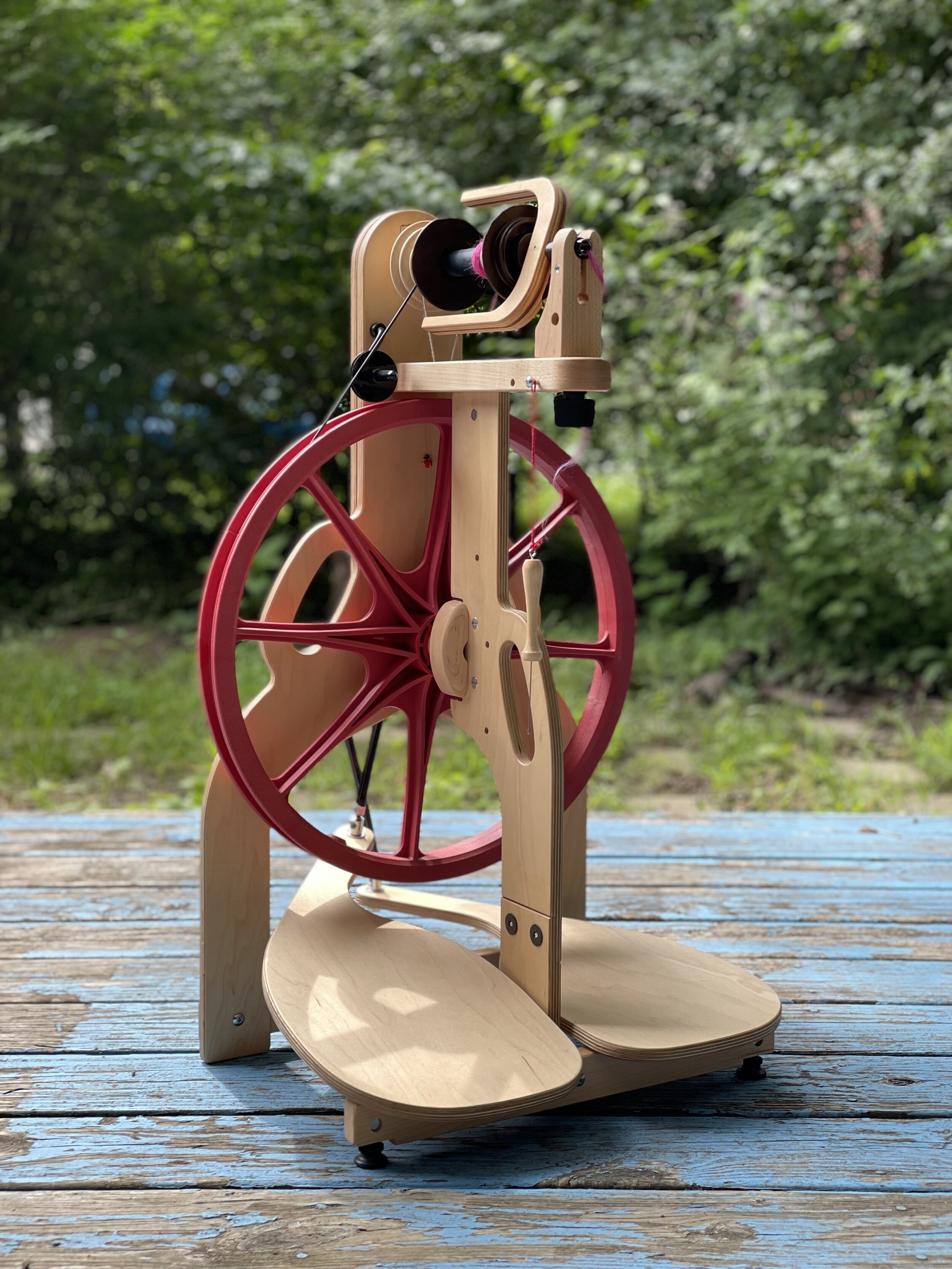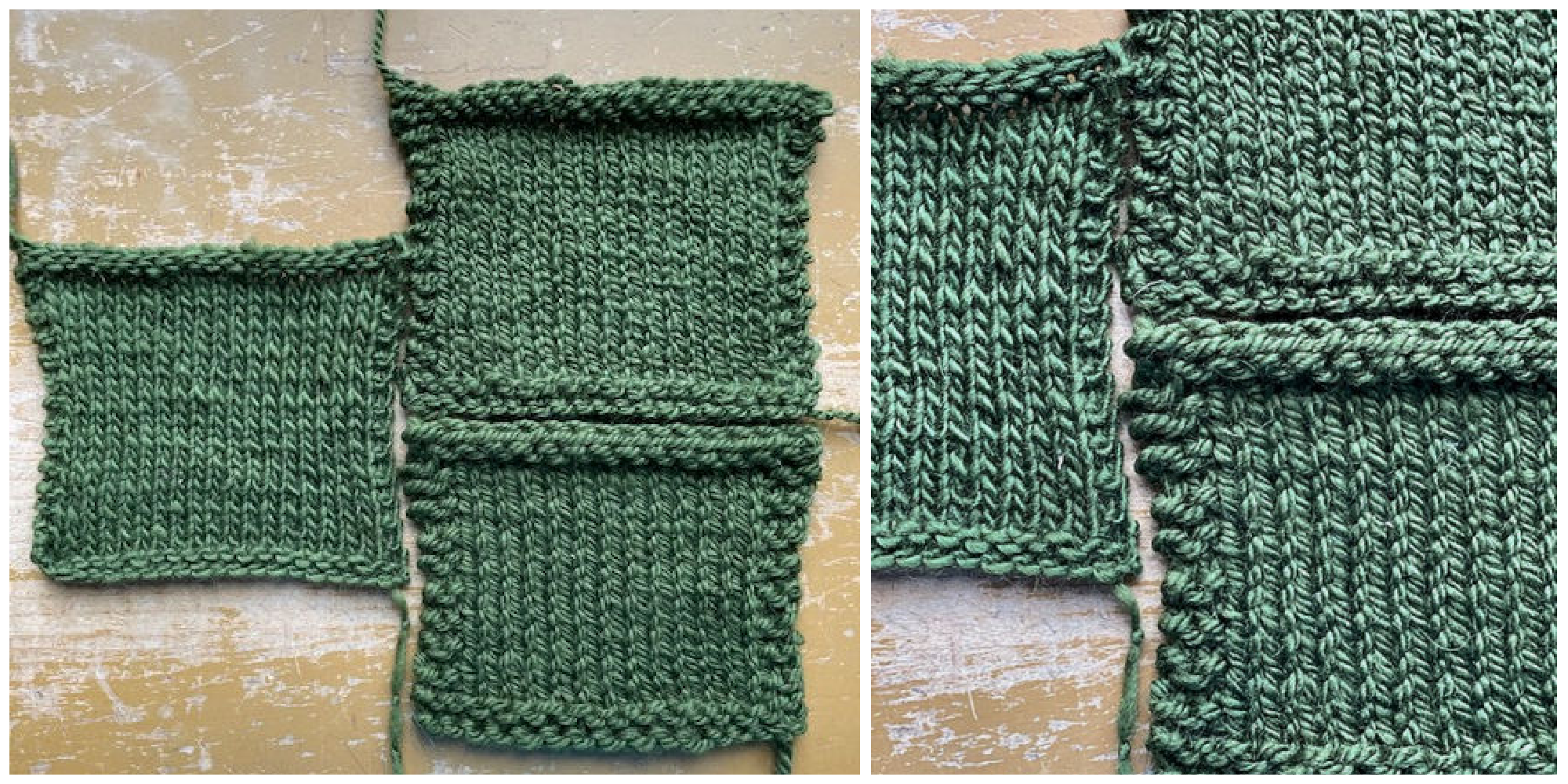Laura Linneman turned me on to to a fantastic dyer, Koomasee. Laura is dangerous to my bank account.
Look at these braids!
She has a way of applying the color in a light sort smokey way, they magically have intensity without saturation. Her colors really appeal to me.
Most of you know that superwash Merino is not my favorite fiber to spin ,but I bought a superwash Merino to spin and I know I’m going to love it. It’s the upper right photo, stunning.
I will keep you updated on the spinning.
The braids on the left are BFL (top), and Corriedale (bottom). She has a nice variety of fibers, and I noticed she’s done an update since I bought my braids.
What do you think my newest wheel is?
I bet not many of you guessed that I bought more of a beginner/intermediate wheel. I bought a used Schacht Ladybug.
I'm going to be teaching brand new, only-dreamed-of-making-yarn folks how to spin, and I think the Lady Bug is a great wheel to do that on. I've never owned one, and it is a sweet wheel.
Just like every wheel I get I'm going to spin through a few braids to get to know her.
My Koomasee braids are perfect for that, and when I finish them I'll be going back for more.

















